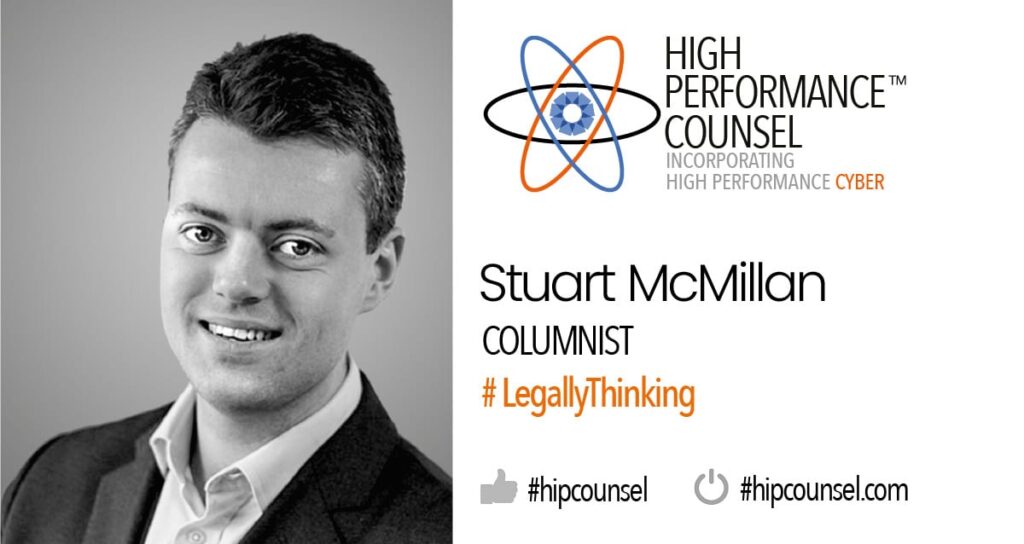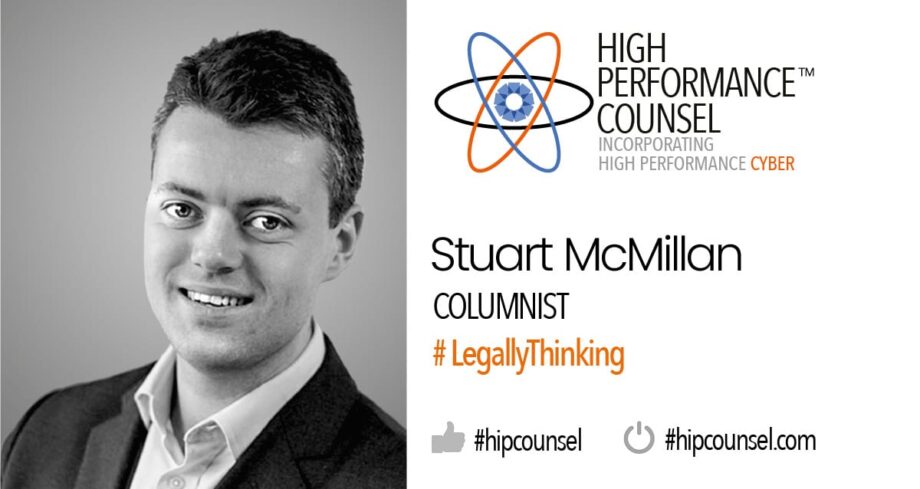It was Confucius who said: life is really simple, but we insist on making it complicated. As governments around the world attempt to offer simplified, joined-up systems to their citizens for making their way through the legal process, one of the greatest opportunities they have seen for making it cleaner, simpler and quicker has been technology. But sometimes, in attempting to fix the big issues, they can miss the gaps in the system that have been extant for many generations.
For example: a government department designs a brand new, state of the art platform for lodging a claim. It includes memorising and auto-populating data; a basic level of AI that ensures you will be notified if you input a certain value incorrectly so you do not send off the form only to have it come back you unprocessed; and a clean, easily navigable interface. But it still stumps your average non-lawyer. They do not know what form to file, let alone what to populate it with. The interface is great, but to get through it there are some things you need to know that only a trained solicitor would. How does a Litigant in Person (or pro se litigant, in the US) navigate it? How does any lay person? People get confused, then frustrated.
Whilst solutions from the private sector are often personal expertise at a price, the public sector contracts private providers but must convert those offerings into free services that cannot tailor themselves to each individual user. They are designed to provide a basic level of consultation to anyone who comes across them, regardless of means. What one sector offers, the other cannot.
But, despite the obvious obstacles with both solutions, they are worth considering if we ever want to fill in these gaps, or at least build bridges across them. The primary concept is not hard to appreciate. Whether consumers or citizens, we are all looking for the same thing: access to information, the correct information and enough of it that means we can get to the place we want to be. This may be the filing of a claim, the progression of a case, or the resolution of a legal matter.
One of the spaces in which these gaps are attempting to be filled is in the small claims courts. Now digitised by HM Courts and Tribunals Service (HMCTS), the process has been apparently made easier. By 13 May of this year, just shy of 140,000 claims had been issued using this service, with 343 out-of-court settlements reached. But this begins from the assumption that you have a lawyer who has been round this block before and knows how to go about things. For Litigants in Person, this process can seem at best opaque, and at worst hopelessly complicated. This is to say nothing about whether or not they can lay their hands on the necessary tech to access the online procedure, but that’s a discussion for another article.
The government has gone to some lengths to rectify this, one of which has been by announcing the launch of Official Injury Claim. This portal focuses on personal injury claims in road traffic accidents and offers the opportunity to file a small claim without the need for legal assistance. The private sector has several of its own offerings. For example, Small Claims Portal, in association with Clerksroom Direct (a firm which offers the opportunity to hire Direct Access barristers who are specialists in your case’s area of law at a good rate) offers guidance through this entire legal process for a fee.
In the United States, both Courtroom5 and People Clerk have made names for themselves by offering similar services. People Clerk does for the California small claims courts what Small Claims Portal does in the UK, while Courtroom5 allows pro se litigants to arm themselves with the requisite legal knowledge to fight their own cases, including a ‘litigator’s toolkit’ with case analysis software and automated templates, courses, and workshops.
But it is not only Litigants in Person who can make use of this make-life-easier tech. A plethora of companies have come to the fore offering software for solicitors themselves. From automated contract mark-up to e-discovery to a glut of NLP-based software that means CTRL+F is a thing of the past, if you can convince a global law firm that you can fill one of their gaps with a smart workflow tool it is big business.
This is not to say that governmental organisations are not meeting such challenges head on. On a European level, initiatives like e-CODEX and EU-Lisa demonstrate a commitment across all member states of the European Union to incorporating digital innovation into legal practice without jeopardising data privacy, legal professional privilege or human rights. The eIDAS regulations provide a framework for electronic certification and ensure that a document sent from one member state to the other will adhere to the same safety and compliance standards on both sides.
As the courts find themselves under more strain from the sheer number of cases they have to process, it is inevitable that digital solutions will be implemented wherever possible. Besides, if something can be done more easily via online claim forms and web portals, then it should. But it is important to recognise that these systems may not be perfect, and there should be added help from the public sector. Where the private sector can build some bridges, their offerings may not be available at a cost that everyone can afford. If these gaps are left unattended, we run the risk of the system failing people, access to justice being hindered, and lawyers being left so overburdened that they can no longer do their jobs.
All opinions are my own.

Stuart McMillan | Policy Analyst: Bar Council
Stuart’s work at the Bar Council includes working on new and ongoing efforts to improve the practising lives of barristers. He works with HM Courts and Tribunals Service on their court reform programme and is responsible for the IT Panel, with a focus on new data regulations, LegalTech and AI, and the Alternative Dispute Resolution Panel, where he helps to promote the use of arbitration and mediation as effective methods of dispute resolution across the Bar.



Leave A Comment?